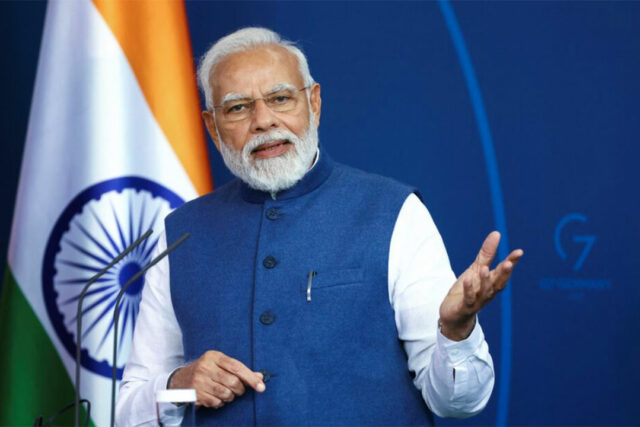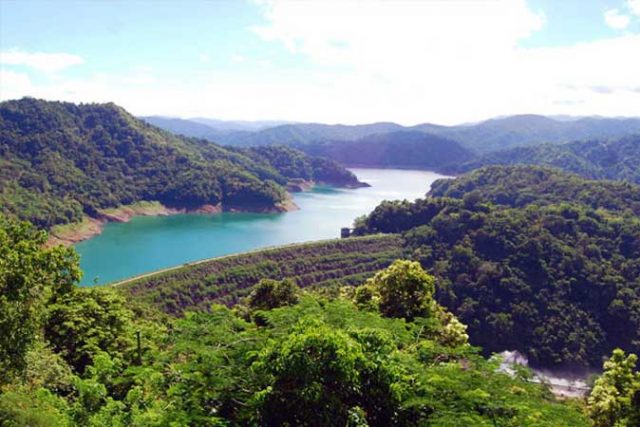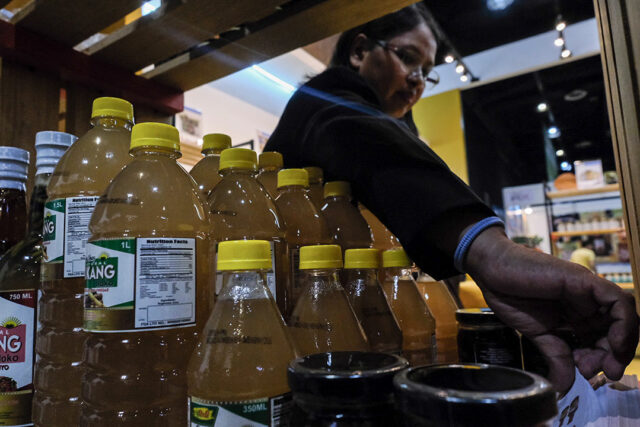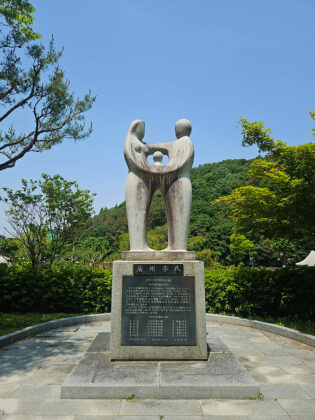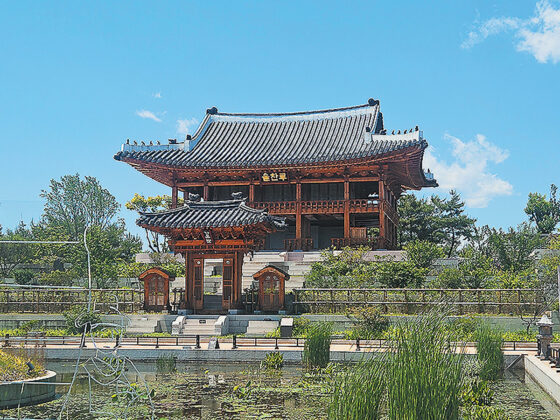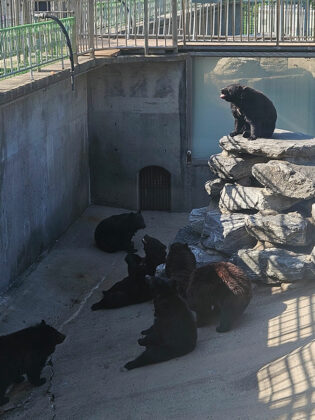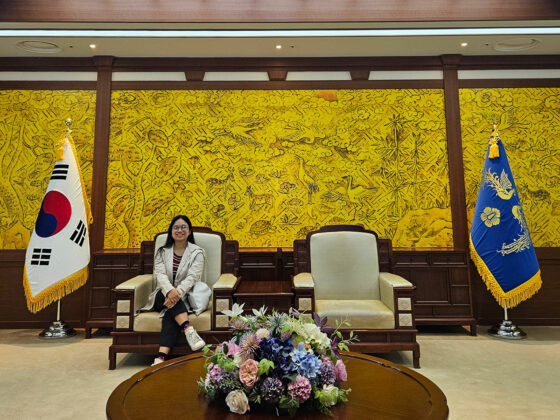India’s opposition leveraged caste and constitution to shock Modi in election
AYODHYA/VARANASI, India – A seminal moment in Prime Minister Narendra Modi’s unsuccessful campaign to retain his parliamentary majority occurred days before India’s marathon election began in April.
Speaking in the constituency that includes the Hindu temple town of Ayodhya, lawmaker Lallu Singh said that his and Modi’s Bharatiya Janata Party (BJP) was seeking a supermajority in parliament’s lower chamber to make material changes to the constitution.
Opposition parties latched onto Singh’s remark to assert, without evidence, that the BJP would amend modern India’s founding document to strip Hindus at the bottom of the caste hierarchy of access to affirmative action policies.
The attack line hit a nerve – splitting the Hindu vote and ending the BJP’s decade-long dominance in the country’s most populous state.
Opinion polls had pointed to a landslide in Ayodhya’s home state of Uttar Pradesh and nationally but when results came through on June 4, the BJP had lost 29 seats in the state – nearly half of all the party’s losses nationwide.
“It hit the people like fire,” said Awadhesh Prasad of the opposition Samajwadi Party (SP), whose base comprises Muslim and lower-caste voters in Uttar Pradesh. He successfully wrested the constituency anchored by Ayodhya from Singh, who had held it since 2014.
Despite the BJP’s best efforts to debunk the emerging narrative, the damage was done.
“The prime minister and other leaders tried to explain to the people, but by then their mood was set,” said Dileep Patel, a state BJP official in Varanasi. Singh declined to comment.
Reuters interviewed 29 party leaders and workers from the BJP and rival parties, four analysts and 50 voters for this story. They described how lower caste concerns about affirmative action, along with a shortage of jobs, and complacent BJP activists combined to tip the scales in Uttar Pradesh, which sends the most lawmakers to parliament.
After a decade of electoral near-invincibility that combined economic success with a narrative of Hindu supremacy, Modi’s party was reduced to 240 seats nationwide. He was able to form a third government only with the help of allies, some of whom have a reputation for political fickleness.
It was a reminder that BJP cannot take Hindu votes for granted.
THE SUPERMAJORITY CALL
Ayodhya was supposed to be the safest of seats.
In January, Modi inaugurated a grand temple there to the deity Lord Ram in a ceremony that sparked national euphoria. It also fulfilled a decades’ long pledge used by the BJP to rise from India’s political margins into a major force.
Singh’s speech made no mention of taking benefits from lower castes and Modi’s aides have frequently downplayed concerns about changes to the constitution, which guarantees school and government job quotas to historically disadvantaged castes and tribal groups, both still among India’s poorest.
But it quickly spread on social media, fueling an opposition campaign.
SP chief Akhilesh Yadav wrote on social media that the BJP wanted to end the quota system and keep underprivileged segments of society “as their slaves.”
At election rallies, Yadav’s ally and the opposition’s main figurehead, Rahul Gandhi of the Congress party, began whipping out a pocket-sized copy of the constitution, warning it was under threat.
The message was echoed in media advertisements and by the regional party’s workers in Uttar Pradesh, which a SP spokesperson described as 600,000 strong.
India’s castes have co-existed uneasily with each other for millennia.
The BJP was long considered a bastion of upper-caste Hindus, but Modi, who belongs to a lower caste, had previously made inroads with marginalized groups, according to analysis by the Delhi-based Centre for the Study of Developing Societies (CSDS).
He has sought to unite Hindus by shifting focus from traditional notions of caste, instead putting the spotlight on the poor, youths, farmers and women – which he calls the four biggest castes in modern India. In power, Modi successively backed a man from a lower caste and a woman from a tribal group for India’s largely symbolic presidency.
A relatively united Hindu vote in the last two national elections allowed the BJP to sideline India’s nearly 200 million Muslims and overcome longstanding concerns around unemployment, inflation and rural distress.
Sandeep Shastri, coordinator of a program on Indian elections at CSDS said the number of people voting primarily on Hindu ideology appeared to have plateaued in 2019.
This year, BJP won just 54 of the 131 seats reserved for candidates from underprivileged groups, down from 77 in 2019. It won eight of the 17 reserved seats in Uttar Pradesh, compared to 14 the last time.
Dharmendra Yadav, a 30-year-old in Varanasi constituency who comes from a lower caste, said he believed the BJP “would have ended the reservations.”
“When the opposition raised the issue of the constitution, it just verified it for us,” said Dharmendra, whose surname indicates a caste affiliation with the SP’s Akhilesh, who he is not related to.
Dharmendra previously backed the BJP but went for the opposition this year.
“Caste politics still has a major influence in the Hindi belt,” state BJP official Patel said, referring to states across central India that have been BJP’s stronghold since 2014.
WHERE ARE THE JOBS?
Surveys suggest Mr. Modi remains the world’s most popular elected leader.
But this year, Mr. Modi’s personal majority in his seat, centered around the holy city of Varanasi, shrank by more than 300,000. He retained his constituency with the lowest margin of any sitting premier in over three decades.
“The BJP heavily relied on the prime minister’s leadership to … win votes and also maybe to camouflage problems that people are facing,” said researcher Shastri.
Among those problems is a lack of jobs created over the past decade.
Young voters like Mr. Dharmendra had backed BJP in a landslide in 2014, when Modi promised to create 20 million jobs a year nationwide. The pledge has not been fulfilled.
Mr. Dharmendra said he had taken numerous exams for white-collar government jobs, highly prized for their security and benefits. In February, nearly 4.6 million people applied for 60,000 constable vacancies in Uttar Pradesh, only to have the BJP-run state government cancel the exam after the test was leaked online.
Banaras Hindu University political science professor Ashok Upadhyay said the exam leak, which was not the first and was repeated in March, gave young Indians, who have grown up in an increasingly unequal country, a sense that the job selection process was unfair.
Adding to the BJP’s electoral missteps, some voters and BJP leaders said the party faltered because they had assumed another landslide victory and were dismissive of issues that were important to voters.
DON’T WANT VOTES?
The redevelopment of Ayodhya into a temple town was preceded by the demolition of thousands of homes and stores. Nearly two dozen locals, including BJP supporters, told Reuters they were dissatisfied with the compensation offered.
A SP voter who identified himself by his first name of Shakti said he was part of a group that had lobbied BJP leaders for support.
“They said they didn’t want these 10,000 to 20,000 votes from local businessmen, they would win anyway,” he said.
Another Ayodhya trader confirmed Shakti’s account and local BJP leader Veerchand Manjhi said he had also found it difficult to get locals’ issues addressed by authorities.
District magistrate Nitish Kumar said in response to Reuters questions that the compensation process was fair.
Ratan Sharda, a senior leader of Rashtriya Swayamsevak Sangh (RSS), the BJP’s ideological parent, wrote in the June 16 issue of its “Organizer” magazine that the result was a “reality check.”
BJP activists and leaders were “happy in their bubble, enjoying the glow reflected from Mr. Modiji’s aura, they were not listening to the voices on the streets,” he wrote.
BJP RESILIENCE?
The BJP retains many strengths, including a leader with popular backing across the party, control of Uttar Pradesh’s state government and the backing of the influential RSS, said Delhi University professor Chandrachur Singh.
Analysts such as CSDS’s Sanjay Kumar noted that the BJP did well in states where there wasn’t a strong local party like the SP in Uttar Pradesh, which was able to capitalise on regional discontent.
And while Congress tried to nationalise its message that the BJP posed a threat to affirmative action, caste-based messaging held less appeal in urbanising India’s many cities. “In urban areas, caste is overridden by class identities,” Singh said.
The BJP’s Patel said that the party had launched a detailed review of the loss and was confident of winning state elections in Uttar Pradesh that are due by 2027.
“The BJP either wins, or it learns,” a BJP worker in Ayodhya told Reuters. – Reuters

